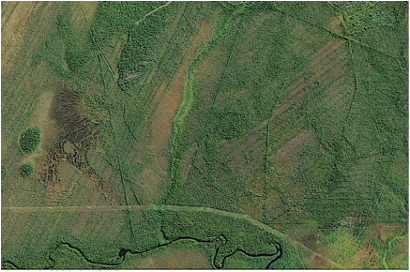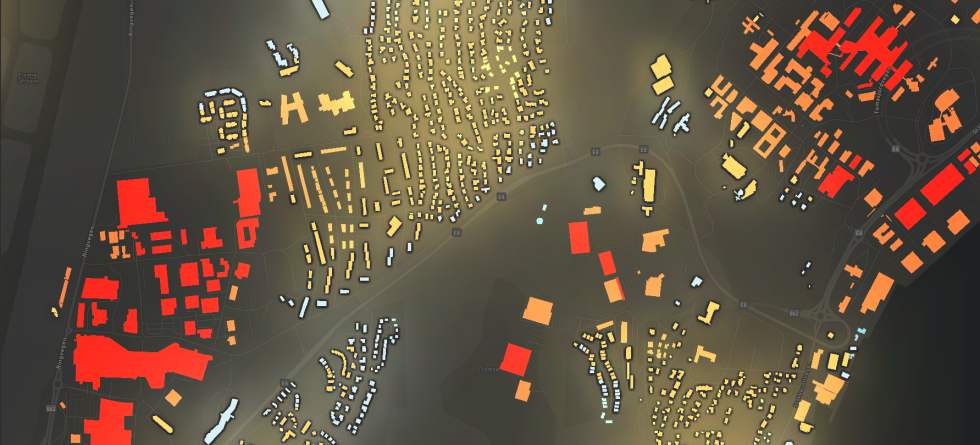“Trees grow faster in cities,” says Victoria Miles.
Miles, a researcher from the Nansen Environmental and Remote Sensing Center and the Bjerknes Centre for Climate Research, studies how Arctic cities stand out from their surroundings.
The cities on the tundra have more in common with metropolises like Los Angeles and Mumbai than one might think.
Big cities in the mid- and low latitudes are heat islands, where the inhabitants struggle with higher temperatures than outside the city. Only the last decades has it been known that the phenomenon is present in Arctic cities like Kiruna, Tromsø and Norilsk. These cities are typically three to four degrees warmer than their surroundings.
“As opposed to mid-latitudes, the effect is stronger in winter,” says Victoria Miles.
Yesterday she presented her research at the conference Arctic Frontiers in Tromsø.
Green roads

Arctic temperatures have increased the last decades, and the heat has caused permafrost thawing. In damaged marshes, the conditions for plants have deteriorated. In cities, satellite data and tree rings show the opposite.
The cities have become not only warmer, but also greener, than the terrain outside.
The increased growth is due to higher temperatures and a ground reformed by bulldozers. In permafrost regions the upper layer thaws in summer. The ground moves. To avoid ruining houses and roads, all infrastructure is raised, built on large amounts of gravel and sand. Sand means the ground will be less wet, increasing the living space for both new and existing species.
Satellite images show green stripes in the terrain – not representing untouched nature, but roadsides.
Hot roofs
Detailed satellite images allow Victoria Miles and her colleagues to study the distribution of heat all the way down to the building level.
Their maps can show details such as the temperature on a big, flat roof being much higher than in the park on the other side of the street. This allows them to consider how far the inhabitants have to go to cool down.
Victoria Miles emphasizes that the heat island effect can also benefit the population in the cold Arctic. In winter people can spend more time outdoors, and in summer there will be more vegetation.
In a coming project the researchers will look more into how the inhabitants of Arctic cities relate to the green infrastructure, both the indigenous population and the many migrants.

